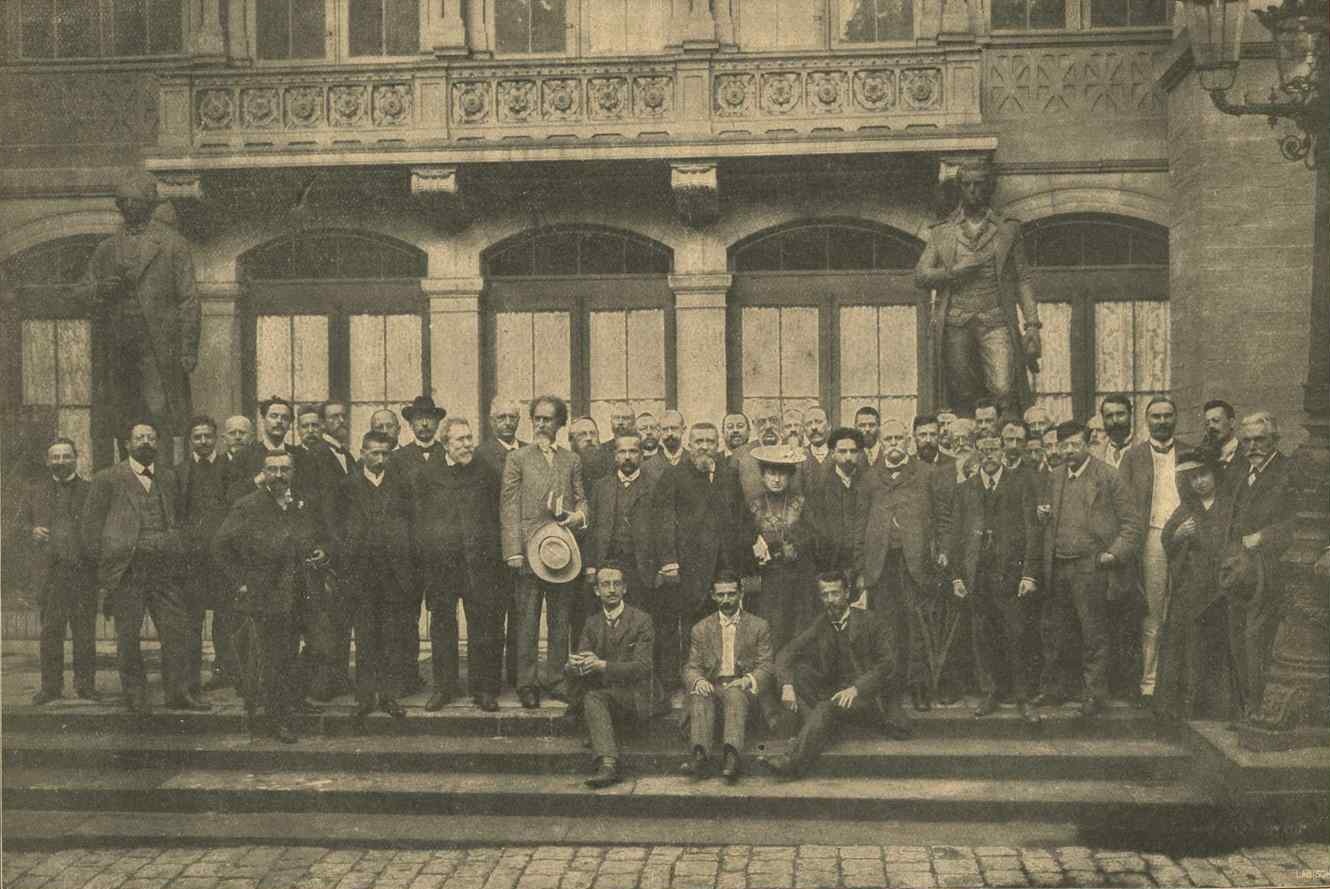

Using dielectrophoresis, we constructed artificial mixed species microcolonies with specific architectures. In this study we have employed a novel technique, known as dielectrophoresis, to investigate the impact of colonial architecture on the induction of AHL mediated gene expression. Quorum sensing systems involving N-acyl- l-homoserine lactone (AHL) production and response are the most intensively investigated example. This phenomenon, most often referred to as quorum sensing, is thought to constitute a self-cell-density sensing mechanism allowing bacterial populations to alter gene expression in response to increases in their own density. That means the treatment of bone marrow diseases like leukaemia could become easier and more effective, as it’s the hematons that become dysfunctional in sufferers.Īt the moment, there are thousands of people on the bone marrow register, but someone must be a very close match to be able to donate, so the possibility of making artificial marrow that could match any blood type would really be a leap forward.Many bacterial species produce metabolites that accumulate in the extracellular environment and induce specific transcriptional responses in producing cells. "If we can perfect this then it may be possible to create artificial bone marrow outside the body and produce any given blood type." "We have proven this technique works, and have created some very simple Hematon structures in the lab," says Dr Markx. But why’s it important?ĭr Markx and his research team have so far created tissue 200 microns thick, which may not seem like much, but the possible implications are incredible. But most important of all is the fact that the cells can be kept alive and active. Different electric fields can also be used to attract different types of cells. The use of electricity gives greater control over the cells than is currently possible, because by varying the voltage and using different shapes, cells can be positioned and stacked on top of each other in any pattern. As the cells collect together, layers build up and tissue is formed. Just like the way iron filings are attracted to the poles of magnets, the cells are attracted to the regions between the electrodes. Electric fields are then created by running a small AC current through the electrodes.
Gerard markx series#
Micro-electrodes are etched on series of glass slides and a cell solution goes in-between them.

So how does it work? It’s surprisingly simple. The technique uses electric fields to build up layers of cells, forming tissue called hematons – collections of blood producing cells essential in the function of healthy bone marrow. Dielectrophoresis - The migration of particles of a non-conductor towards the position of maximum field strength in a non-uniform electric fieldĭr Gerard Markx, of the School of Chemical Engineering and Analytical Science, has developed the technique based on a phenomenon called dielectrophoresis.Making blood from volts How do you turn electrical volts into blood? It’s a concept that sounds like an utter impossibility but scientists at The University of Manchester have developed a new technique which uses electricity to engineer human tissue and bone marrow. Science and Nature You are in: Manchester > Science and Nature > Making blood from volts This page has been archived and is no longer updated.


 0 kommentar(er)
0 kommentar(er)
